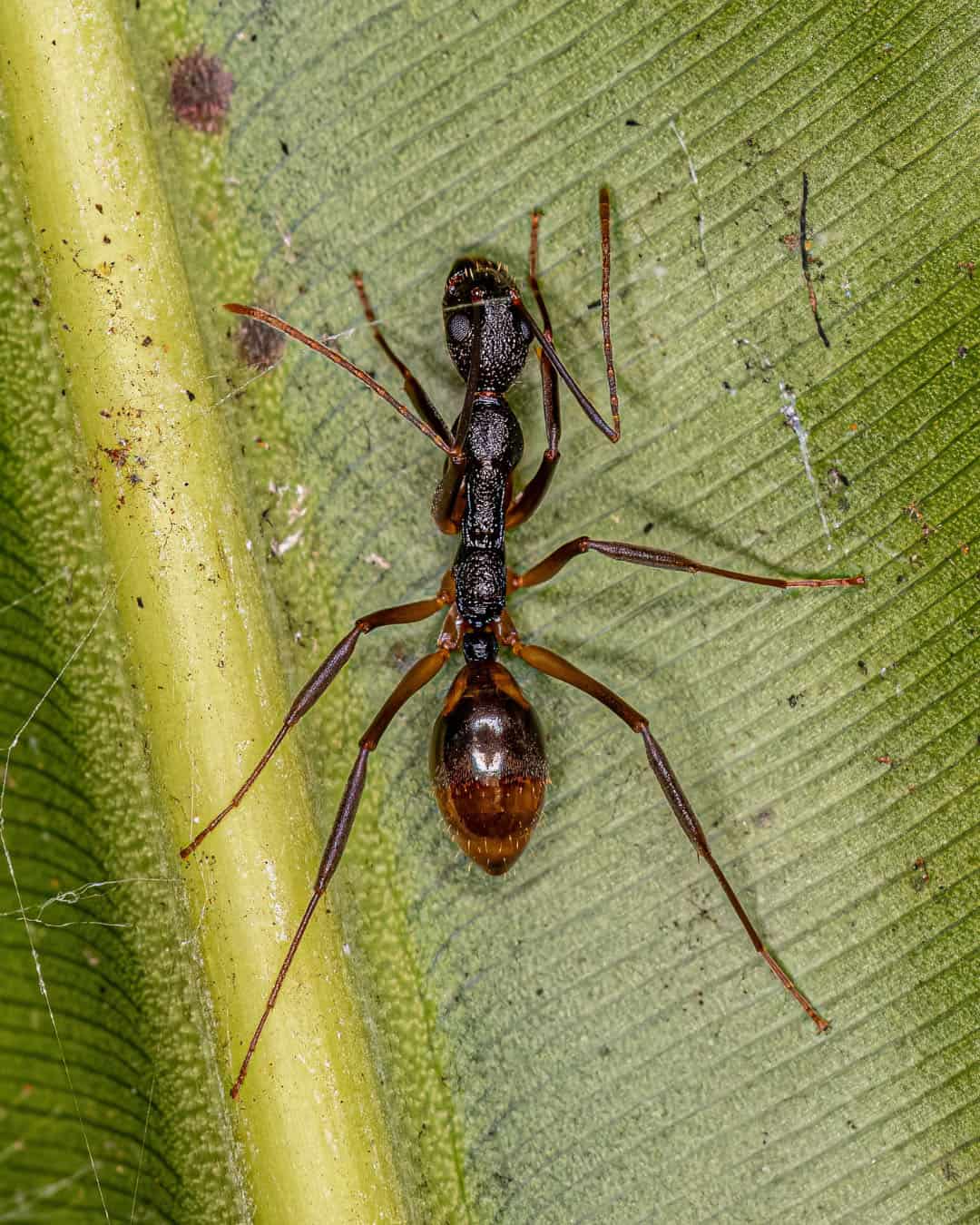Odorous House Ant Facts & Information
Odorous house ants, known for their distinctive rotten coconut-like odor when crushed, are common household pests that can quickly become a nuisance when they invade homes. These ants are attracted to sugary substances and are often found foraging in kitchens, pantries, and around food storage areas.

Tapinoma sessile
What You Need To Know About Odorous House Ants
What do odorous house ants look like?
Odorous house ants are small, measuring about 1/16 to 1/8 inch long. They are dark brown to black in color and have a smooth, shiny appearance. When crushed, they emit a strong, rotten coconut-like odor.
What do odorous house ants eat?
Odorous house ants are omnivorous and have a preference for sweets. They often feed on honeydew produced by aphids and other insects, as well as household foods like sugar, fruit, and baked goods. They also consume proteins and grease.
What sort of habitat do odorous house ants live in?
Odorous house ants are highly adaptable and can live both indoors and outdoors. They commonly nest in soil, under rocks, in mulch, and in wall voids or other cavities inside buildings. They are often found near moisture sources, such as leaky pipes and sinks.
How do odorous house ants commonly behave?
Odorous house ants are known for their strong trailing behavior and the ability to form large colonies with multiple queens. They can quickly invade homes in search of food and water. When disturbed, they move rapidly in an erratic manner.
Did you know this about odorous house ants?
Odorous house ants can establish extensive colonies with multiple nesting sites, making them difficult to control. Their distinctive odor is a key identification feature and is used as a defense mechanism against predators. Interestingly, these ants can thrive in a variety of environments, from urban areas to natural landscapes, showcasing their adaptability and resilience.
Understanding Odorous House Ant Infestations
Understanding odorous house ant infestations is crucial for effective management. These ants form large colonies with multiple queens, allowing them to quickly spread and establish satellite colonies indoors. They are attracted to moisture and may enter homes through cracks, crevices, and plumbing penetrations in search of water and food. Their presence can contaminate food supplies and create unsanitary conditions.

How Hearts Handles Odorous House Ant Treatment
Hearts Pest Management employs an integrated pest management approach to handle odorous house ant infestations. Our process begins with a thorough inspection to identify entry points, nesting sites, and foraging trails. We then develop a customized treatment plan that may include baiting, barrier treatments, and habitat modification, ensuring the safety of your home and the surrounding environment.
Odorous House Ants Inspection
Odorous House Ants Treatment
Odorous House Ants Prevention
Educational Resources

Think You Might Have a Odorous House Ant Infestation?
At Hearts Pest Control, we understand the challenges associated with Odorous House Ant infestations and are here to provide professional solutions tailored to your needs. Flourishing in warm and humid climates, they are prevalent in many regions, including San Diego County, Orange County, and Los Angeles County.